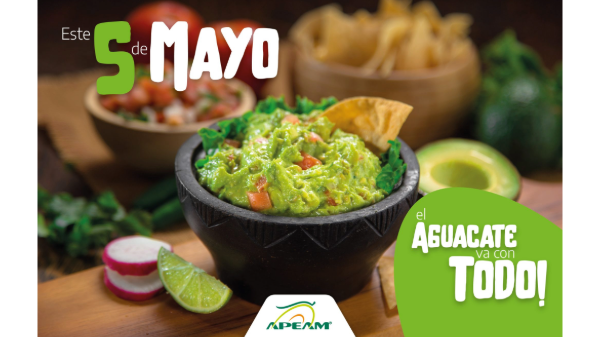Welcome to Blue Book!
Are you ready to join the thousands of companies who rely on Blue Book to drive smarter decisions? View our plans and get started today!
Still have questions? We’d love to show you what Blue Book can do for you. Drop us a line– we’ve been waiting for you.
Claims against produce sellers require proof of a breach of the sales agreement and proof of resulting damages. Merely claiming damages is not enough; claimants must prove the amount of damages, if any, by a preponderance of the evidence.
In theory, damages are supposed to make the aggrieved party “whole.” In other words, damages should place the aggrieved (or “injured”) party in the same position it would have been in had there been no breach. This is the North Star to follow when assessing damages. But because the details involved in determining the amount of financial compensation needed to make an aggrieved party whole can be a topic of spirited debate, we will discuss some of these details in this article.
Basic Fact Pattern and Calculation
Let’s begin with a simple example that we’ll return to and build on throughout this article. Imagine a buyer in New York purchases a load of produce out of California on an f.o.b. basis for $10,000; then the buyer hires a carrier to haul the load for $5,000. The time and temperatures in transit are perfect, yet a timely U.S. Department of Agriculture (USDA) inspection taken at destination reveals that the product failed to make “good arrival” in breach of the sales agreement.
Because Perishable Agricultural Commodities Act (PACA) regulations (7 CFR 46.43(i)) provide that the warranty of suitable shipping condition applies to all f.o.b. sales unless specifically excluded, the buyer has a clear basis for alleging a breach of the sales agreement. But how can the buyer objectively establish the amount of its resulting damages?
First, the buyer needs to establish the destination market value of the commodity in question on the day the load arrived. The USDA’s Market News Service publishes price reports that can be used for this purpose. If, for example, the average selling price for the commodity in good condition was $18 per case, and the load consisted of 1,000 cases, the value the load should have had upon arrival can objectively be shown to be $18,000.
Second, the buyer needs to establish the value of the distressed produce that was delivered. This is best accomplished by providing a detailed account of sales reflecting a “prompt and proper” resale of the defective produce. Assuming good faith efforts were made to resell the product and mitigate losses, and further assuming the accounting is honest and accurate, the gross proceeds shown by the account of sales is typically deemed to be the best available measure of the market value of the distressed produce.
In our example, let’s say the account of sales indicates the gross proceeds realized for the distressed product totaled $12,000. Once we have the destination market value for the commodity in question and the gross proceeds realized from a prompt and proper salvage of the distressed product, the buyer’s financial damages are easy to figure. By taking the difference between the destination market value of the commodity in good condition, or $18,000, and the value of the distressed product, or $12,000, we arrive at $6,000.








